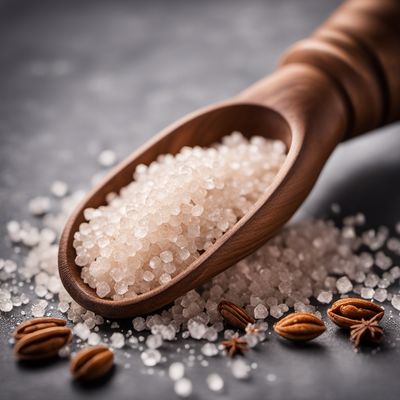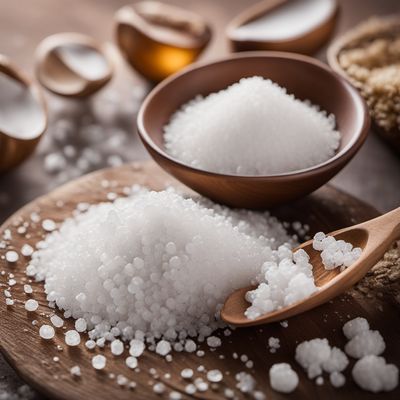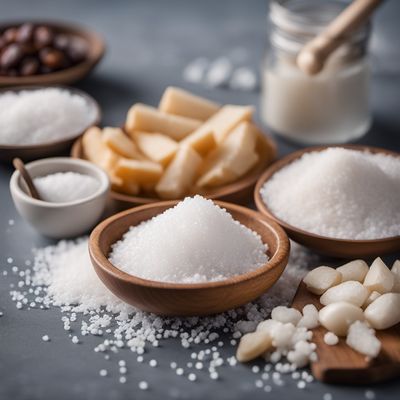
Ingredient
Sea salt
Nature's Mineral Treasure
Sea salt is harvested from evaporated seawater and is known for its coarse texture and briny taste. It has a distinct flavor that is often described as more complex and nuanced compared to table salt. Sea salt is widely used in cooking, baking, and seasoning.
Origins and history
The use of sea salt dates back thousands of years, with evidence of its extraction and trade found in ancient civilizations such as Egypt and China. It has been an essential ingredient in preserving food and enhancing flavors. Today, sea salt is produced in many coastal regions around the world.
Nutritional information
Sea salt is primarily composed of sodium chloride, but it also contains trace amounts of other minerals such as magnesium, potassium, and calcium. It is lower in sodium compared to table salt, making it a popular choice for those watching their sodium intake.
Allergens
Sea salt is generally safe for consumption, but individuals with high blood pressure or certain medical conditions should moderate their intake due to its sodium content. It is advisable to consult a healthcare professional if you have any concerns.
How to select
When selecting sea salt, opt for high-quality brands that offer unrefined and minimally processed options. Look for coarse or flaky sea salt that is free from additives or anti-caking agents. Additionally, consider the source and production methods to ensure sustainability and purity.
Storage recommendations
To maintain the quality and prevent clumping, sea salt should be stored in an airtight container in a cool and dry place, away from moisture and direct sunlight. Avoid using a salt shaker with large holes, as it may cause the salt to absorb moisture from the air.
How to produce
Sea salt cannot be produced by amateurs as it requires access to coastal areas with suitable conditions for evaporation. However, individuals can collect sea salt by evaporating seawater in small quantities, although this may not yield the same quality as commercially produced sea salt.
Preparation tips
Sea salt can be used as a finishing salt to sprinkle over dishes just before serving, adding a burst of flavor and texture. It is also commonly used in brines, marinades, and rubs for meat and seafood. Additionally, it enhances the taste of baked goods, chocolates, and caramel.
Substitutions
Table salt can be used as a substitute for sea salt in most recipes, although the flavor and texture may differ slightly. However, it is important to adjust the quantity, as table salt is more concentrated. Other suitable substitutes include kosher salt and Himalayan pink salt.
Culinary uses
Sea salt is widely used in various cuisines around the world. It is particularly popular in Mediterranean, Asian, and Middle Eastern dishes. It is commonly available in coastal regions and can be found in specialty food stores and online retailers.
More ingredients from this category
Recipes using Sea salt » Browse all

Nouvelle Cronut
Flaky Delights: A Nouvelle Twist on the Classic Cronut

Bhutanese-inspired Spiced Klobasnek
Himalayan Spice-filled Klobasnek: A Bhutanese Twist on a Czech Classic

Italian-style Nasi Goreng
Mamma Mia Nasi Goreng
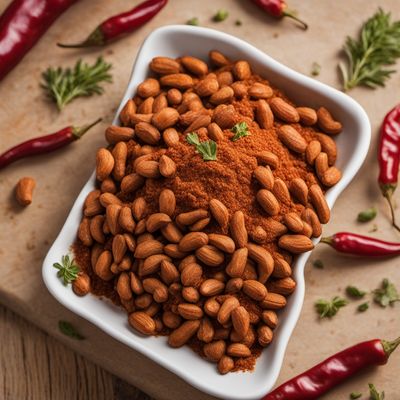
Spicy Cajun Peanuts
Fiery Cajun Peanuts: A Spicy Twist from the Bayou

Red Velvet Cake with a Middle Eastern Twist
Cardamom-infused Red Velvet Cake with Rosewater Cream Cheese Frosting

Kinpira Gobo (Japanese Burdock Root Stir-Fry)
Savory Delight: Kinpira Gobo - A Flavorful Japanese Burdock Root Stir-Fry

Dorayaki with a Middle Eastern Twist
Arabian Delights: Middle Eastern Dorayaki

Krpice sa zeljem (Italian Style)
Pasta with Cabbage: A Taste of Italy

Island Paradise Banana Bread
Tropical Delight Banana Bread

Chwee Kueh with a Canadian Twist
Maple-infused Chwee Kueh: A Canadian Chinese Delight
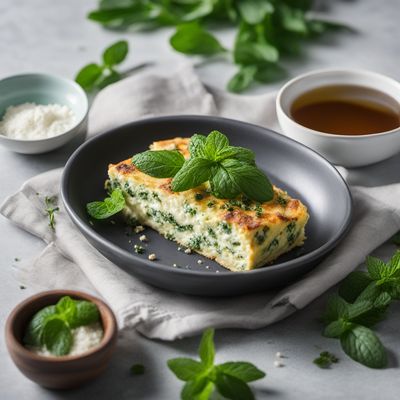
Tlingit-inspired Ricotta and Mint Frittata
Savory Fusion: Tlingit-inspired Ricotta and Mint Frittata

Indo-style Cordon Bleu
Spiced Stuffed Chicken Roulade with Cheese and Ham
